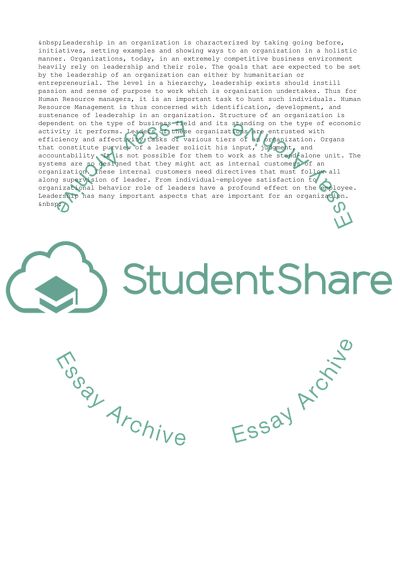Cite this document
(“Leadership Foundational and Critical Perspective Research Paper”, n.d.)
Leadership Foundational and Critical Perspective Research Paper. Retrieved from https://studentshare.org/management/1643515-leadership-foundational-critical-perspective
Leadership Foundational and Critical Perspective Research Paper. Retrieved from https://studentshare.org/management/1643515-leadership-foundational-critical-perspective
(Leadership Foundational and Critical Perspective Research Paper)
Leadership Foundational and Critical Perspective Research Paper. https://studentshare.org/management/1643515-leadership-foundational-critical-perspective.
Leadership Foundational and Critical Perspective Research Paper. https://studentshare.org/management/1643515-leadership-foundational-critical-perspective.
“Leadership Foundational and Critical Perspective Research Paper”, n.d. https://studentshare.org/management/1643515-leadership-foundational-critical-perspective.


